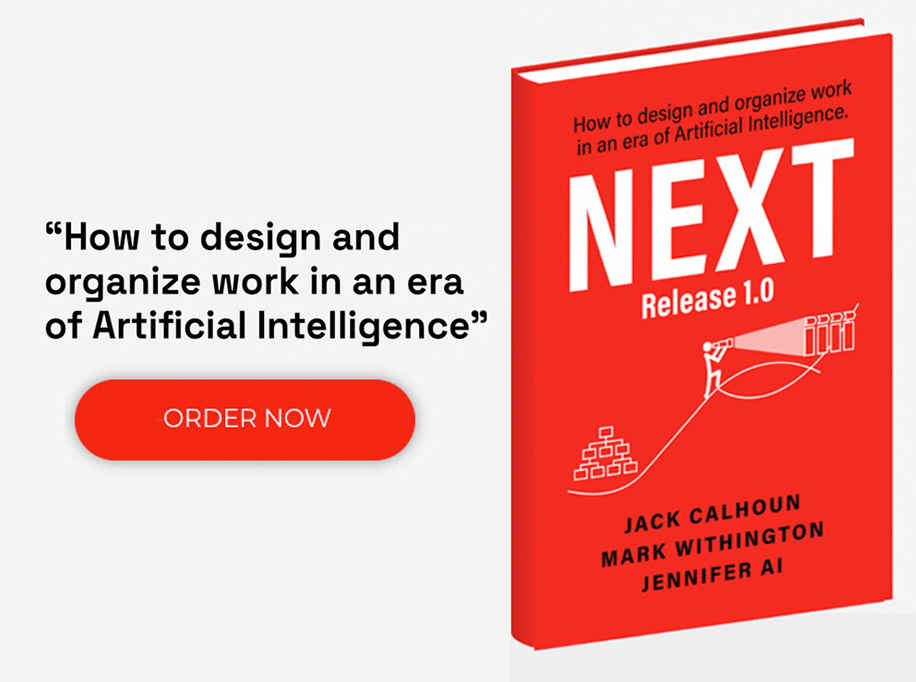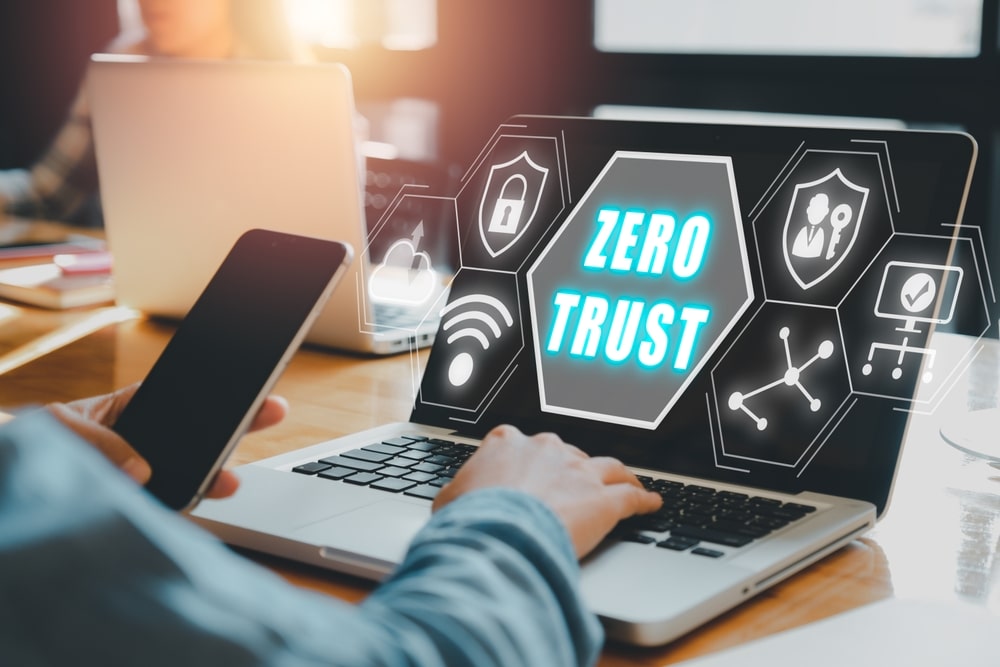Throughout our SAFE Return to Work series, we’ve discussed the many business challenges raised by the COVID-19 pandemic. One of the most top of mind issues is whether remote work is working. We think it is. We also think there’s still a lot of room for improvement, but take this one step further and ask a slightly different question: who is it working for?
Whether your team is entirely remote, has adopted a hybrid work model or works on site, balancing the needs of employees and the needs of the business is an understated issue. Since March, there has been a steady stream of clickbait striking fear within the hearts of business leaders everywhere. We get daily reminders that when poorly managed, the weaknesses in working remotely absolutely affect immediate and long-term operations and viability, let alone any prospects for growth.
We need all hands-on deck. We are completely redesigning entire business processes to weather this storm. We are months into the pandemic, and the future is still very uncertain in almost every way. It has become loud and clear: we have to demand more from everyone, just to get by.
In contrast to all of the ‘managerial doomsday’ perspectives online, you can find another string of articles that raise concerns for all of us at the individual level. Our workers face unprecedented stress during and outside of work hours. Constant concerns for the safety and stability of our loved ones, our finances, our futures linger in the backs of our minds even as we do our best to drill into our work. The weight of unanticipated tasks and new procedures on top of existing responsibilities is burdensome. How can we juggle all of this?
Who Is Remote Work Working for?
Working remotely or otherwise, and I’m sure you’ve already guessed this, has to work for everyone. There’s no simple division of fulfilling one set of needs without the other; both must be met to drive forward. Let’s start with the perspective of meeting employee needs.
What are the essential needs employers must fulfill to enable their employees to best support the business? These needs should be recognized more formally as your employee engagement drivers. Leaders often misconstrue employee engagement for employee satisfaction or employee appreciation. While similar, they are not the same beasts. Employee appreciation is often expressed through Summer Fridays or staff lunches. Little perks and branded swag. These are nice, meaningful things. They absolutely tie into the bigger picture, but these are more often breadcrumbs when we need bigger bites.
What Does Employee Engagement Actually Mean?
Forbes defines employee engagement as “the emotional commitment the employee has to the organization and its goals.” We know that when fostered, this deeper personal connection pays off on both sides. Engaged employees are happier and more fulfilled, but there are measurable business impacts when engagement is done right. A University of Pennsylvania Wharton School study found businesses with higher than average workforce engagement can financially outperform industry peers by over 70%. Another study conducted by Gallup found that across 200 companies, those with the highest employee engagement levels demonstrated a 21% higher rate of productivity and a 22% higher profitability than those with lower engagement scores.
7 Essential Drivers to Engage Your Employees
Defining your unique drivers and measuring employee engagement will become an integral part of monitoring organizational health over time. Even initiating a brief employee engagement survey or focused conversation at the leadership or team level can offer an immediate temperature check on your workforce and business capabilities. Below, we have called out seven essential employee needs that are critical to operate during the pandemic.
1. Structure and Flexibility
To cater to employee and business needs, you must find the right balance of structure and flexibility as well. Employees need clear, defined parameters to their projects, ways of working and communication to fully sync with their remote teammates and with your higher-level business objectives. However, whatever this structure looks like, it cannot be impenetrable. Flexibility at the personal level (e.g. to work unique hours) and project level (e.g. to adjust timelines, workflows or prioritization) is the surest way to optimize their contributions to your business amidst the chaos of COVID-19.
2. Ownership
People need a sense of ownership in their work. Empowering individuals to take on problem solving reduces the inevitable snowball effect that leads to more severe issues later. Naturally being micromanaged grates on the nerves of employees, but the additional workloads and complications of managing remote and hybrid teams has further taxed the time managers. If we really must ask more from our workers to get through this, we must let them take their work and run with it.
3. The Ability to Give and Receive Feedback
It is essential to create a steady feedback loop between employees and managers. Without feedback, neither workers nor managers can produce better quality outputs, increase efficiency and reduce mounting stress. Developing a regular cadence for two-way feedback conversations is precisely how remote and hybrid work experiences will be adjusted for the better in the short term and grow in the long term.
4. Transparency and Mutual Understanding
Being transparent with employees about your company’s most immediate risks and challenges will halt wondering minds and redirect them to help you find solutions. Transparency with this level of uncertainty, confusion and concern is expected specifically around high-view goals and leadership’s approach. Without this mutual understanding, the wrong work may be prioritized, and the right work may be done incorrectly. Nonessential projects and vague communications cripple businesses and burn out your workforce. Now is an excellent time to refocus your efforts – being honest and open about where that focus is, should be is essential.
5. Tools and Training
Video conferencing software. Email, messaging, chat. Secure sign-on. Shared docs. Cloud storage. Portals, portals, portals. I’m sure I’m missing another dozen we’re all using day in, day out. Employees rely on these tools now more than ever to complete tasks and support the business’ needs. It’s been a learning curve for many, and, if we’ve learned anything at all in this, we know these tools evolve constantly, but do not always evolve in line with our changing needs. Make sure to have active, ongoing conversations around whether employees have access to the tools they need and proper training so they can take full advantage of the tool’s capabilities. Teach your employees how these tools can be used to close collaborative gaps while working remotely or within hybrid work models.
6. Recognition
Workplace recognition can get a bad rap as fluffy, feel-good niceties but it’s so much more. Recognition is a critical device for managers to take their observations of what is working with one employee and to (1) encourage that person onward, but also (2) showcase successful efforts to others. Recognition – via verbal acknowledgment in group calls or newsletters, requests for demos, small rewards, etc. – also reveals to all of your employees that you are alert and in tune with their work. Building trust and confidence as a manager can foster better communication, open idea-sharing, and a willingness for workers to take initiative. Recognition is critical in developing a sense of ownership as we discussed above.
7. Compensation
We all hate talking about this; compensation is an inarguable, critical aspect of employee engagement and retention. Competitive packages secure top talent and promote stability and retention of long-term employees. This is an important element of your workforce strategy but not the full business value behind compensation. As the COVID-19 pandemic drags on, financial instability plagues many. Conversations around compensation will likely be additionally difficult this year – for managers as budgets constrict and for employees as their households incur new expenses and/or loss of income. The only high-view suggestion I can make around this subject is to think back to driver number four, transparency. Do not avoid these conversations. Be transparent, be supportive, be flexible to temporary solutions that support employee needs and business needs alike, but again, do not avoid these conversations from either side of the table.
Robust employee engagement programs require time and resources that may not be immediately available. However, you will need to start somewhere if you are going to take advantage of the close ties between employee and business needs. Start some initial conversations around these drivers with your colleagues. Consider which fall short within your own teams; keep an eye out for what is really working for others. If you have already formed a hypothesis around which key capabilities may be missing within your organization to support employee engagement, you may want to read more about capability and heat mapping to structure a more actionable approach in building these strengths.
Interested in learning more about our SAFE Return to Work solutions? Subscribe to our blog for more expert insights and best practices to prepare yourself to navigate this new normal.











